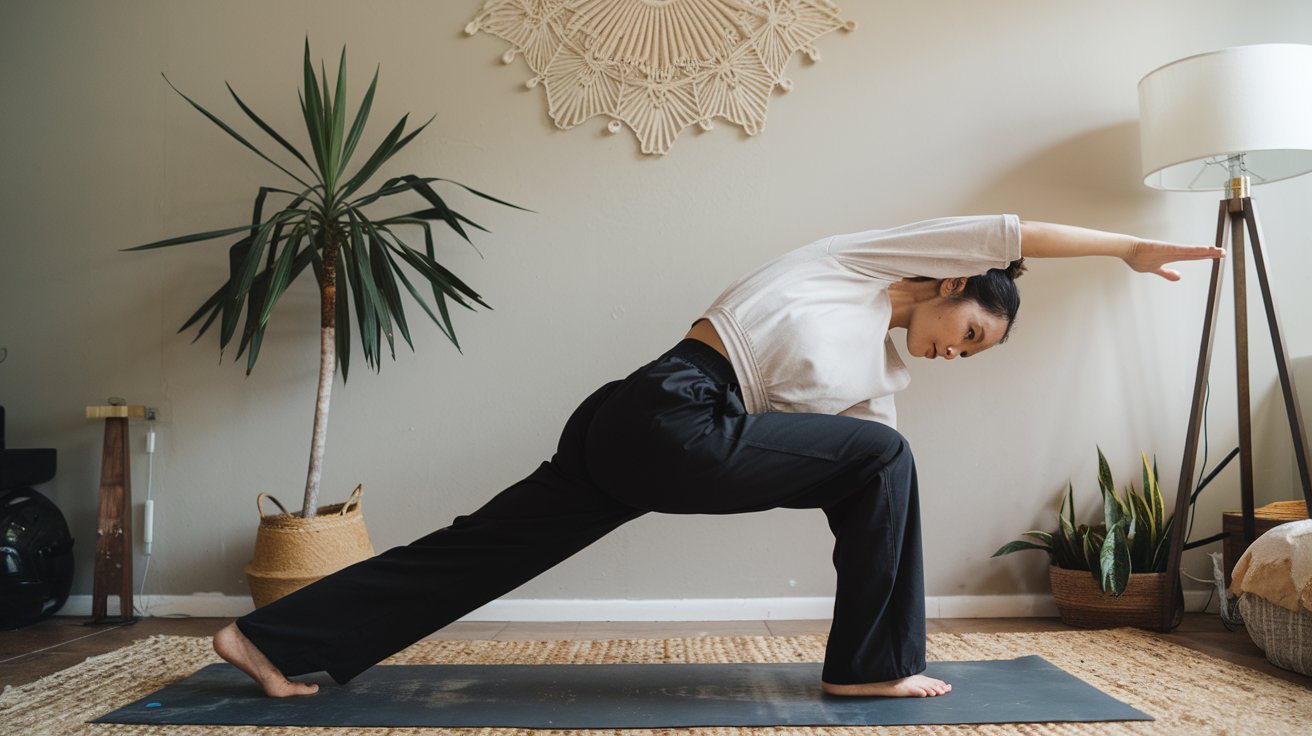
Your body’s muscles don’t work in isolation—they often act as synergists, stabilizers, or even antagonists during movement. Grouping complementary muscle sets allows you to target multiple areas effectively while giving opposing muscles a chance to recover. This method is often referred to as “split training” and is popular among beginners and seasoned lifters alike.
Best Muscle Group Pairings
Here’s a breakdown of muscle groups that work well together:
1. Chest and Triceps
- Why It Works: Many chest exercises, like bench presses and push-ups, naturally recruit the triceps. Pairing them allows you to train both groups without overextending recovery time.
- Example Routine:
- Bench Press (Chest)
- Tricep Dips (Triceps)
- Dumbbell Flyes (Chest)
- Tricep Pushdowns (Triceps)
2. Back and Biceps
- Why It Works: Pulling movements such as pull-ups and rows engage both your back muscles and biceps. By pairing these, you optimize your pulling power and avoid overloading one group.
- Example Routine:
- Pull-Ups (Back)
- Barbell Rows (Back)
- Bicep Curls (Biceps)
- Hammer Curls (Biceps)
3. Legs (Quadriceps, Hamstrings, Glutes)
- Why It Works: Your legs often work as a unit in compound movements like squats and lunges, making it practical to train them together.
- Example Routine:
- Squats (Quads, Glutes)
- Romanian Deadlifts (Hamstrings)
- Lunges (Quads, Glutes)
- Leg Curls (Hamstrings)
4. Shoulders and Abs
- Why It Works: Training your shoulders alongside your core can improve posture and stability, enhancing overall strength and balance.
- Example Routine:
- Overhead Press (Shoulders)
- Side Plank (Abs)
- Lateral Raises (Shoulders)
- Russian Twists (Abs)
5. Chest and Biceps (Push-Pull Alternative)
- Why It Works: This unconventional pairing mixes pushing and pulling movements, giving one group active rest while the other works.
- Example Routine:
- Incline Bench Press (Chest)
- Dumbbell Curls (Biceps)
- Cable Crossover (Chest)
- Concentration Curls (Biceps)
How to Structure Your Weekly Workouts
A common split-training schedule might look like this:
- Day 1: Chest and Triceps
- Day 2: Back and Biceps
- Day 3: Rest or Cardio
- Day 4: Legs
- Day 5: Shoulders and Abs
- Day 6: Full Body or Active Recovery
- Day 7: Rest
This schedule ensures each muscle group gets adequate rest before being trained again.
Tips for Success
- Prioritize Compound Movements: Exercises like squats, deadlifts, and bench presses engage multiple muscle groups, making them ideal for building overall strength.
- Listen to Your Body: Soreness and fatigue are signs that your muscles need more time to recover. Adjust your schedule accordingly.
- Stay Consistent: Progress comes from consistent effort, so stick to your plan while allowing room for tweaks as needed.
Pairing muscle groups strategically can transform your workout routine, helping you build strength and endurance efficiently. Whether you’re aiming for muscle growth, improved athletic performance, or overall fitness, the key is to plan wisely and remain consistent. Now that you know which muscle groups work best together, it’s time to hit the gym and make the most of your training!
Featured Image by freepik





Leave a Reply